Stages
Implementing the BDI Framework incrementally allows organizations to make trade-offs between immediate operational needs and long-term interoperability goals. For example, a platform with a large user base might initially use a proprietary internal authorization solution. While this choice limits interoperability with other authorization systems, it may be a pragmatic decision in the early stages of deployment. The framework allows for an upgrade path, enabling organizations to adopt more interoperable solutions as their needs evolve.
Trade-offs
Different components of the BDI Framework may require different levels of commitment and resources. For instance, using an external authorization register hosted by a third party might offer higher security and interoperability but demands high availability. In such cases, it might be practical to host a local cache of authorization data, using the BDI’s notification mechanism to keep the cache synchronized.
Similarly, federated authentication or reputation scoring systems might not be immediately necessary. Organizations can delay implementing these components until they become critical, allowing them to focus on more pressing needs first.
Data sovereignty, which involves controlling data access at the source, typically requires more overhead. However, the BDI’s efficient notification distribution mechanism can be used for less sensitive data and control information, enabling a smoother transition to more complex data management strategies.
Kits
Specify the capabilities of the BDI. It is a combination of building blocks required to perform a function of the BDI for a specific business situation. This includes core building blocks for Identity, Authentication and Authorization (IAA). On top of these core building blocks, additional capabilities can be added via kits, such as event capabilities. This could, for example, include the Pub/Sub building block, which can be added to work event-driven.
Governance
While it is possible to deploy the BDI Framework without a formal governance structure initially, developing common terms and conditions, data policies, and edge agreements early on is advisable. These foundational elements can eventually support the creation of a formal governance structure as the framework matures and expands.
